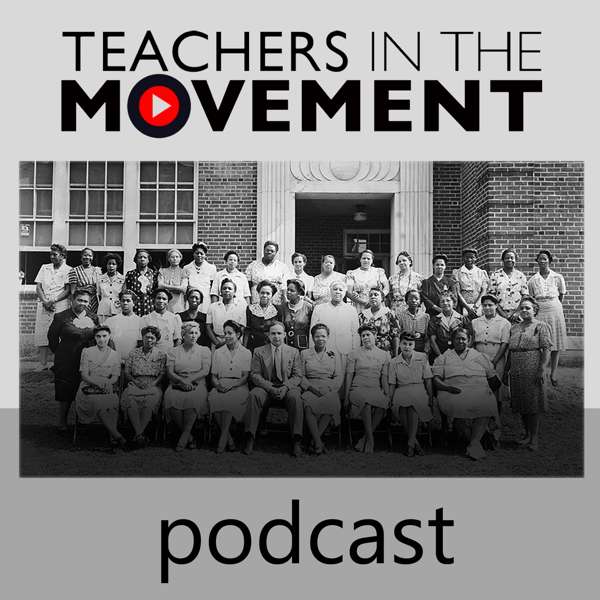In this archive episode, Dennis revisits the case law of State v. Sloane (2008). Recorded on 03/05/2018.
State V. Sloane (2008) - https://streetcoptraining.com/original-caselaw/nj-v-slone-2008/?fbclid=IwAR1fU1xdUaHMRIItmB0kA3Z9-fAxAec62BSXWxz5mjBKohmPLFHEE1QtU10 (https://streetcoptraining.com/original.../nj-v-slone-2008/)
We hold that at the time of the stop, the passenger, like the driver, was seized under the federal and state constitutions. We also hold that police do not need reasonable suspicion before they may access the NCIC database. Because the decision to check the NCIC database was within the scope of the traffic stop and did not unreasonably prolong the stop, there was no basis to suppress the evidence found. We therefore reverse the judgment of the Appellate Division and reinstate defendant’s conviction and sentence.
All of those reasons lead to the conclusion that when a police officer conducts a traffic stop of a private vehicle, the passenger as well as the driver are seized under both the federal and state constitutions. That holding is consistent with the majority of state court rulings on the issue. See State v. Bowers, 334 Ark. 447, 976 S.W.2d 379, 380-82 (1998); State v. Haworth, 106 Idaho 405, 679 P.2d 1123, 1124 (1984); People v. Bunch, 207 Ill.2d 7, 277 Ill.Dec. 658, 796 N.E.2d 1024, 1029 (2003), cert. denied, 541 U.S. 959, 124 S.Ct. 1712, 158 L.Ed.2d 399 (2004); State v. Eis, 348 N.W.2d 224, 226 (Iowa 1984); State v. Hodges, 252 Kan. 989, 851 P.2d 352, 361-362 (1993); State v. Carter, 69 Ohio St.3d 57, 630 N.E.2d 355, 360 (1994) (per curiam); State v. Harris, 206 Wis.2d 243, 557 N.W.2d 245, 251 (1996); see also Hickman, supra, 335 N.J.Super. at 634, 763 A.2d 330. But see People v. Jackson, 39 P.3d 1174, 1184-86 (Colo.2002) (en banc); State v. Mendez, 137 Wash.2d 208, 970 P.2d 722, 729 (1999) (en banc). *801
Applying that standard, Sloane was seized at the time of the traffic stop. When Officer Muzyka ordered Moore to stop her vehicle on the suspicion that she was driving with a suspended license, Sloane’s travel was curtailed. Sloane then got out of the car, and the officer promptly ordered him to return to it. Sloane complied. Apart from what any reasonable person might have thought, Sloane was, in fact, not free to leave. Although he was a passenger and not the driver, he was temporarily “seized.”
When Sloane and Moore jumped out of the car and approached the officer, he ordered them back into the car. The officer’s concerns for his own safety justified that reasonable command. See State v. Diloreto, 180 N.J. 264, 276, 850 A.2d 1226 (2004); People v. Castellon, 76 Cal.App.4th 1369, 91 Cal.Rptr.2d 204, 207-08 (1999), review denied, No. S085514, 2000 Cal. Lexis 3298 (Mar. 29, 2000). Likewise, after Sloane asked for the keys to the car, it was reasonable for the officer to ask Sloane for identification to insure that the car would be driven by a properly licensed driver. See State v. Pegeese, 351 N.J.Super. 25, 31-32, 796 A.2d 934 (App.Div.2002); Hickman, supra, 335 N.J.Super. at 635, 763 A.2d 330. Up to this point, we find nothing inappropriate in the conduct of the police. We turn next to whether the check of the NCIC database violated Sloane’s constitutional right.
There is no “`litmus paper test’” for determining whether “`a seizure exceeds the bounds of an investigative stop.’” Dickey, supra, 152 N.J. at 476, 706 A.2d 180 (quoting Florida v. Royer, 460 U.S. 491, 506, 103 S.Ct. 1319, 1329, 75 L.Ed.2d 229, 242 (1983) (plurality opinion)). “[C]ommon sense and ordinary human experience must govern over rigid criteria.” Id. at 477, 706 A.2d 180. In addition, police conduct during a traffic stop must be evaluated “within the context of unfolding events.” Diloreto, supra, 180 N.J. at 277, 850 A.2d 1226.

 Our TOPPODCAST Picks
Our TOPPODCAST Picks  Stay Connected
Stay Connected







